
Hosted by the University of Plymouth

Hosted by the University of Plymouth
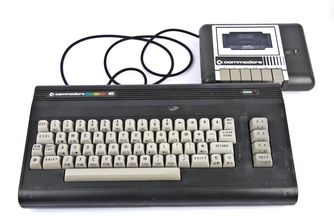
The Commodore 16 was released in 1984 and intended as an entry-level home computer to replace the popular but aging VIC-20. Taking its name from its 16K RAM, the C16 used a 6502-compatible 8501 CPU, and was originally sold in the UK as part of a Starter Pack including cassette unit and games for... (read more)Commodore, 1984
The successor to the original IBM PC and the subsequent PC XT, the AT (for Advanced Technology) saw the adoption of the Intel 80286 CPU (the original PC had used an 4.77MHz Intel 8088), higher capacity floppy disks (1.2MB) and a 20MB hard disk. This particular model was 'rescued' from a skip bes... (read more)IBM, 1984
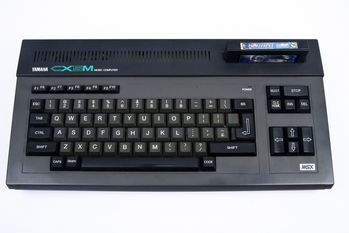
An example of a system based upon the MSX standard, launched in Japan in 1983. Supported by Microsoft, MSX was intended to do for home systems what the IBM PC standard was already doing in the business domain. Based around the popular Z80 CPU, a host of well-known consumer electronics companies ... (read more)Yamaha, 1984
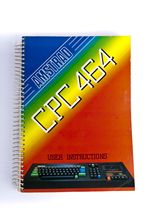
Amstrad CPC464 User Instructions Manual by Amstrad. (read more)Amstrad, 1984

The first home computer produced by Amstrad, applying the same all-in-one approach that it had already pioneered in the hifi market by providing a system with built-in cassette deck and an accompanying monitor (the 464 came with a choice of green or colour screen). In addition to this value for m... (read more)Amstrad, 1984
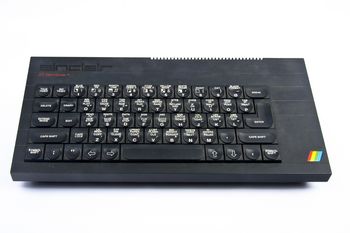
An update to the Spectrum that essentially took the 48K model and added a QL-style keyboard, enabling the Spectrum to at least in part escape the criticism that was often leveled at the 'dead flesh' feel of the rubber-keyed version (although in actual fact the feel of the keyboard was still very ... (read more)Sinclair, 1984
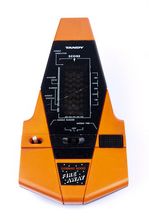
A Tandy-badged version of Gakken's Galaxy Invader 2000, which many will also have known as the CGL-badged Galaxy Invader 10000. The explanation is that many handheld games got licenced and rebadged by other companies, sometimes with casing and colour changes (in this particular case, the shape a... (read more)Tandy, 1984

Launched with 128K RAM, twin 100K microdrives, 32-bit processor (well - sort of), and priced at £399, the QL truly looked like the claimed Quantum Leap beyond Sinclair's earlier ZX Spectrum. The price also included four highly praised applications developed by Psion: Quill (a wordprocessor), Ab... (read more)Sinclair, 1984